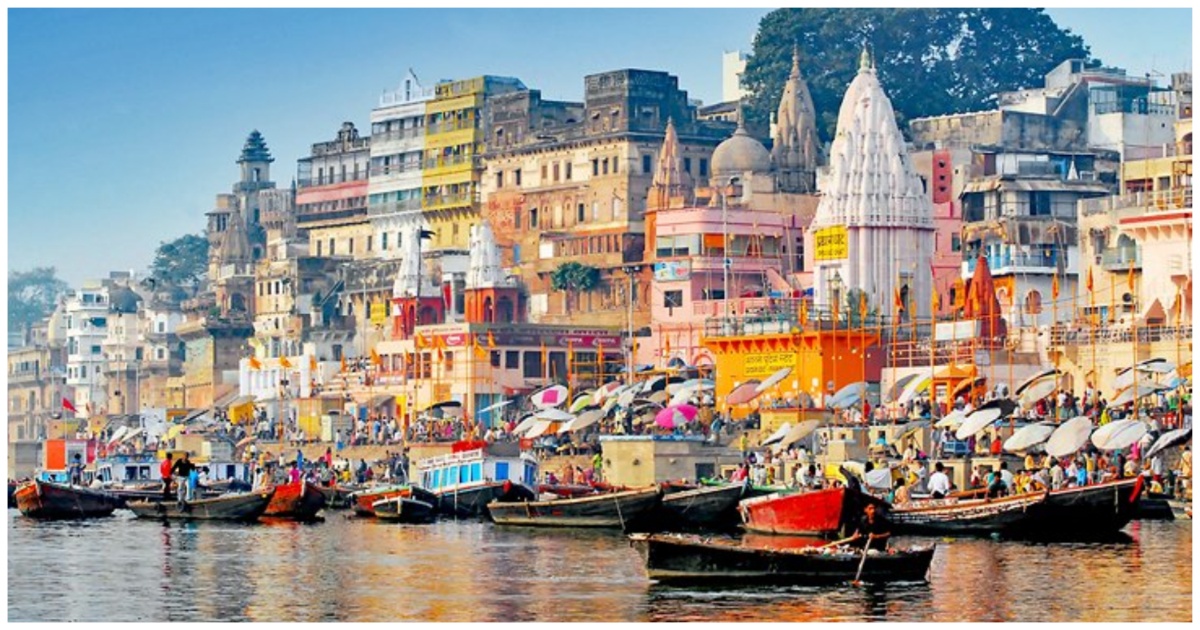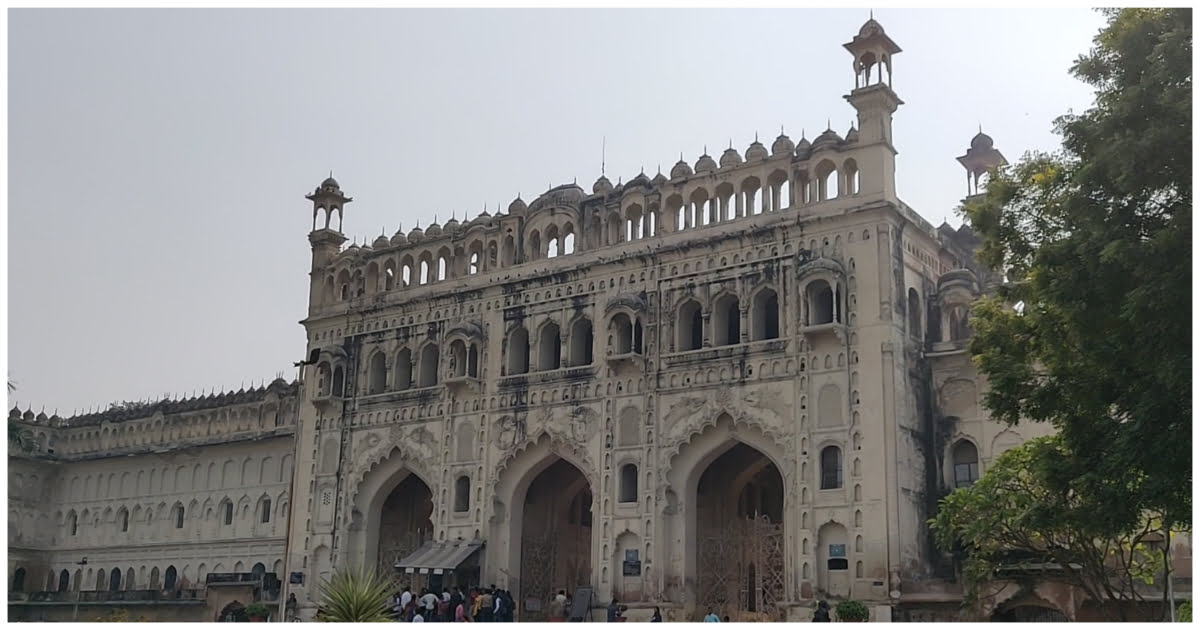The Maasai Mara experience is one that you cannot afford to miss if you are an admirer of nature and wildlife. Spread out over an area of about 1500 square kilometres, the wildlife reserve is part of the Serengiti-Mara ecosystem in Tanzania and Kenya respectively.
It remains one of the few zones in the world where wildlife is still flourishing and is fiercely guarded by the local inhabitants, the members of the Maasai tribe, the Maasai warriors.
There are two ways of reaching the Maasai Mara. You can either fly down or you can drive. Of course both means have their own advantage. While driving, you will cross mile after mile of savannah grasslands, and will most probably spot a lot of animals even before you reach your camp or hotel. However, do not go expecting a metalled road.
I was lucky enough to have flown down. There are small airlines (like Safari Link) which operate single propeller aircrafts that land on airstrips right in the middle of the jungle. And the view from above is absolutely beautiful – shades of green as far as the eye can see.
There are two kinds of accommodation available – hotels or camps. Wanting the adventurous experience, my family opted for the camp option. But calling our accommodation a camp belittles it a little.
Our camp, the Porini Lion Camp, is located in the Olare Motorogi Conservancy. Spread out over 33,000 acres of the park, the Conservancy is a source of pride for the Maasai who are indigenous inhabitants of that area. Since the Conservancy came into being, the wildlife population, especially the lions, have increased a good deal.
Having given up their old ways of hunting wildlife, the Maasais now take pride in being conservationists and in protecting their natural environment. Now their dedication is such, that entire villages have pooled in their lands and converted them into conservancies so as to facilitate the growth in number and species of the wildlife in the region. Poaching has been strictly banned and the Maasai rangers as well as the Kenyan authorities keep a sharp lookout for those engaging in such practices.
The Maasai Mara, named after the Maasai tribe and the Mara river that flows through the park, is famous for its Big Five – lion, rhinoceros, buffalo, elephant and leopard. It is a pity that the rhino population has gone down drastically due to excessive hunting for their ivory and this animal can now be found only in very specific areas.
What amazed and impressed me the most is how well these tribal people have adapted to developments in other parts of the world. Do not go to one of these camps expecting that you will have to face the ravages of nature without access to any amenities. The camps have Wi-Fi, extremely comfortable tents, even showers in the bathroom without the presence of running water! For me, the stay was even better than a 5-star.
This particular conservancy is home to hundreds of animals (including elephants, zebras, wildebeest, antelopes, hippos, giraffes), over 150 species of birds and four prides of lions. As luck would have it, I saw three of these prides.
The curious thing about each pride was that all the members of the same pride seemed to have similar natures. The Enkuyanai Pride is what we called ‘chilled out’. The cubs are smaller than other tribes, the mothers caring and protective. The lions of the Moniko Pride are lazy as well as playful. The cubs are naughty by nature and the older lions extremely affectionate. The pride that stood out was the Double Cross Pride. These lions are more ferocious and slightly rough around the edge. I even got to witness a rare sight, that of lions mating.
What is common amongst all the wild animals is that none of them pay the least bit of attention to the cars and people around them. The Maasais take extra special care not to disturb their natural state of being.
Amongst this vast variety of animals, I managed to find a favourite – the warthog. They are extremely innocent and apparently extremely forgetful animals, also known as Kenya Express because of their movement. If you have watched ‘The Lion King’, you would have surely noticed Pumba, the adorable warthog. They are supposed to be so dumb that they forget to run away when predators are on their trail!
For trips like these, what really helps is having a great driver and a great guide. All the people working in the Maasai Mara are actual Maasais who belong to one village or the other. They now have access to modern education systems and a lot of them work in other areas as well. But the trained eye of the Maasai is an absolute requisite to be able to spot animals. Trust a Maasai to track lions hidden anywhere in the bush, which they know like the back of their hands. The only things in the bush you can rely on are the senses; there are no maps to follow.
Belonging to the concrete jungle that is New Delhi, the burst of oxygen and fresh air almost took me aback at first. But once you get used to the beauty of being so close to nature, you cannot get enough of it. In all directions, as far as the eye can see, you can just see miles and miles of beautiful grasslands scantily infiltrated by lone-standing acacia trees, the kind you just saw in calendars. The perfect sundowners and the opportunity to have ‘breakfast-in-the-bush’ right beside the animals in the wild is indeed a rare experience and one that should most definitely be on everyone’s bucket list.
Having been to Maasai Mara and experienced nature in its rawest form, the next thing on my wishlist is to witness the great wildebeest migration. More than 1.5 million cross over from Serengiti to Maasai Mara in search of food and the view is absolutely terrific.



